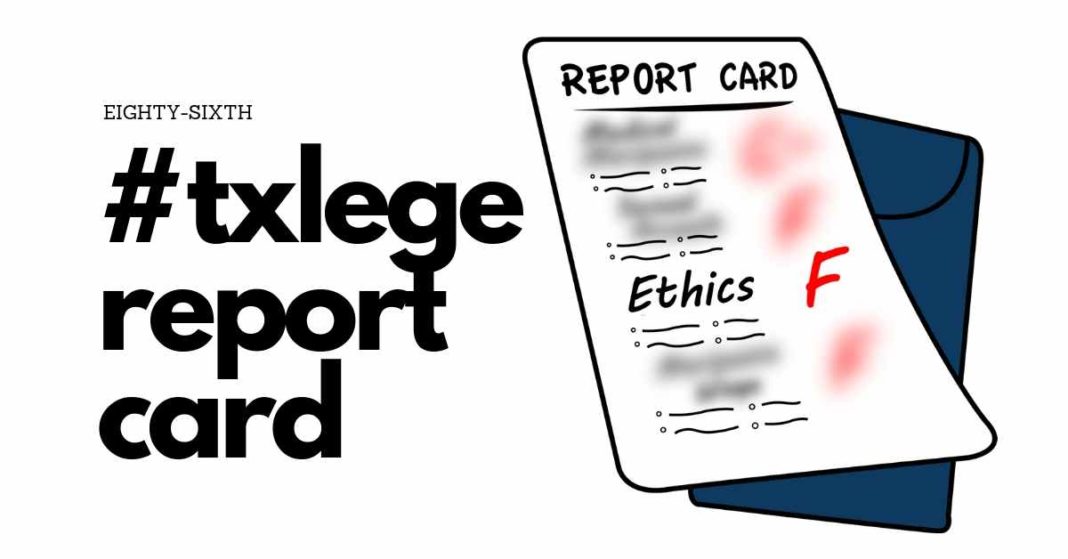While the Big 3 Talked a Big Game on Tax Reform, Texas Families will see Limited Relief
Since the 86th Texas Legislature adjourned last Monday, Lieutenant Governor Dan Patrick and State Sen. Paul Bettencourt (Houston) have proudly boasted their work on property tax reform. “It’s the first major property tax reform in nearly four decades, and that says it all!” relished Bettencourt,
Patrick and Bettencourt have spent their entire public careers working to lower taxes and constrain government spending. So it’s surprising that their biggest victories to date come at a time when the State of Texas’s budget will increase 16% of the last two year budget. And worse, the much touted property tax reforms will fall short of their transformative claims and provide only short-term relief to middle class Texas families trying to get ahead.
The Texas Plan
The property tax reform portion of SB 2, “The Texas Plan”, which was supported by Governor Greg Abbott and Speaker of the House Dennis Bonnen would reduce independent school district property taxes by 8 cents in fiscal year 2020 and by 13 cents in 2021. The school districts would be reimbursed by general state revenue.
More importantly, in order to ensure that property tax rates do not continue to rise, SB2 limits the annual growth of local school district property tax revenues to 2.5%. The new law also limits the growth of city and county property tax revenues to 3.5%. Both limits exempt revenue growth that is a result of population growth and inflation. In order for local governments to raise additional revenue above the limits, a referendum election must be held in which voters can express their opinion.
Property tax reform and relief was a top priority at the beginning of the legislative session amongst parties on both sides of the aisle. Among the 15 counties with the largest growth in the country, eight are located in Texas, resulting in residential homeowner valuations rising 10% – the maximum legal limit – in the most populated parts of the state.
Voters expressed frustration with the sentiment in the November 2018 elections and in subsequent polls. In a February 2019 poll by the University of Texas and the Texas Tribune, 66% of Texans, including 48% of liberals and 57% of moderates believed that they paid too much in property taxes. The same poll suggests that the type of reform in SB2 is broadly popular – 69% of Texans, including 67% of liberals and 58% of moderates, support the revenue caps.
A Real Life Example: The Smith Family (Tarrant County)
Ultimately, most Texans won’t see real relief under this reform.
Let’s take a look at the Smith family in Tarrant County and what their property taxes will look like in 2021, the first year of the reform.
The Smith’s live in North Richland Hills. According to the Texas Comptroller, in 2017, they paid $1.198489 per $100 of appraisal value to the City of North Richland Hills, Tarrant County (including the community college and hospital), and another $1.4539 per $100 of appraisal value value to the Birdville Independent School District.
In 2019, their home was worth about $240,000 (or the average according to Zillow). So they paid approximately $5,702.64 in property taxes. Let’s also assume the Smith’s make the median income in North Richland Hills, or about $63,500. That means they paid nearly 9% of their income in taxes.
In 2021, Birdville ISD taxes will drop by 8 cents to $1.3739 per $100 of appraisal value. According to Zillow, homes in North Richland Hills are expected to increase in value by 2.1% per year. Since the 2.1% increase is below the 2.5% limit, we can reasonably assume the property rates for the city and county will stay the same.
So in 2021, the Smith’s will live in a home worth approximately $250,000. Their city and county rate will stay the same – $1.198489 – and their Birdville taxes will drop to $1.3739. Their annual property taxes will be $5,787.88 – an $85 increase over their taxes before the reforms!
This is if the Tarrant County Appraisal Board actually follows market values and only increases the appraisal by 2.1%.
The Future
Adding insult to injury, the Texas Legislative budget writers only planned for the next two years making no plans or effort to find revenues to keep property tax rates low after 2021. But now, if ISDs are short on cash, they will have to either rely more on increasing property tax rates or cutting important public education programs.
This may have been the biggest tax reform in decades, but ultimately, Texas families will see the problem again in two years, when the band aid starts to fall off.






